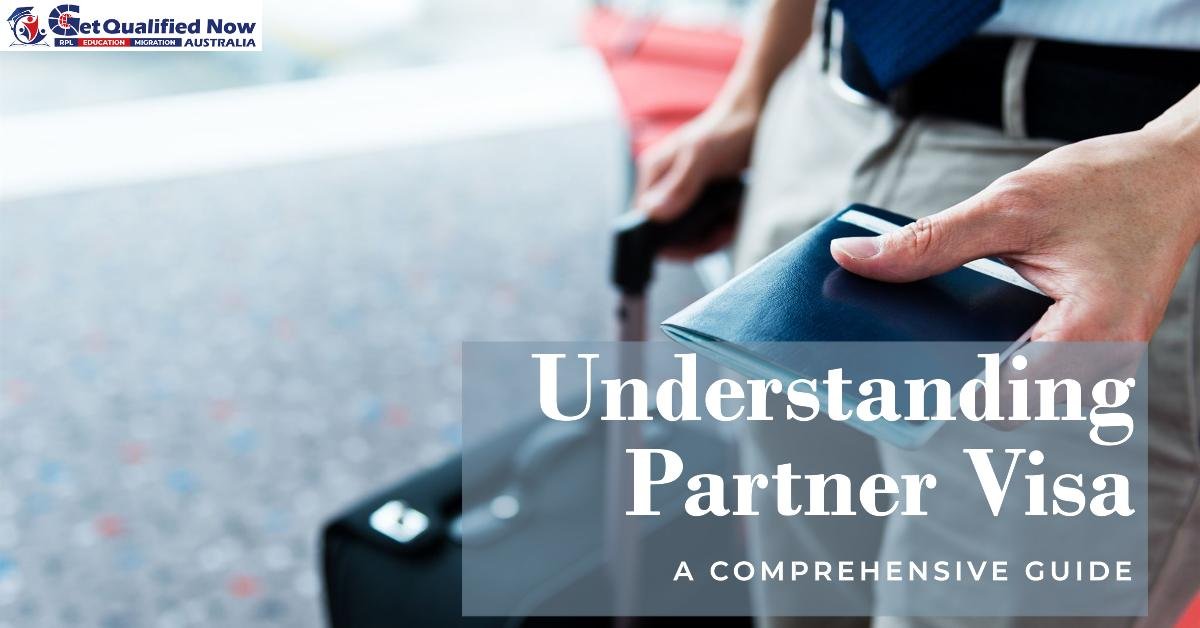Partner visas are a crucial aspect of immigration law, facilitating the reunion of families and loved ones across borders. At their core, partner visas enable individuals in a genuine and committed relationship with an Australian citizen, permanent resident, or eligible New Zealand citizen to live and work in Australia. In this comprehensive guide, we delve into the intricacies of partner visas, offering clarity and insights into the application process, requirements, and key considerations.
What is a Partner Visa?
A partner visa, formally known as a Subclass 820/801 (Onshore) or Subclass 309/100 (Offshore), is designed to enable the partners of Australian citizens, permanent residents, or eligible New Zealand citizens to live and work in Australia. This visa pathway recognizes and supports genuine relationships, whether they be heterosexual or same-sex partnerships, by providing a means for partners to be together in Australia.
Types of Partner Visas
Onshore Partner Visa (Subclass 820/801)
The onshore partner visa, subclass 820/801, is intended for individuals who are already in Australia and are in a genuine and committed relationship with an eligible partner. The subclass 820 visa is a temporary visa that allows the applicant to live, work, and study in Australia while their permanent visa (subclass 801) application is being processed.
Offshore Partner Visa (Subclass 309/100)
Conversely, the offshore partner visa, subclass 309/100, is designed for individuals who are outside Australia at the time of application but wish to join their partner who is an Australian citizen, permanent resident, or eligible New Zealand citizen. The subclass 309 visa is a temporary visa that permits the applicant to enter Australia and live with their partner while awaiting the outcome of their permanent visa (subclass 100) application.
Eligibility Criteria
To be eligible for a partner visa, applicants must meet certain criteria, including:
– Relationship Requirement: Applicants must be in a genuine and committed de facto relationship or marriage with their Australian partner.
– Health and Character: Applicants and their dependents must meet health and character requirements to be granted a visa.
– Sponsorship: The Australian partner must be willing to sponsor the applicant and provide financial support where necessary.
– Proof of Relationship: Comprehensive evidence of the relationship, including financial, social, and household aspects, is required to support the application.
Application Process
The application process for a partner visa can be complex and multifaceted. It typically involves the following steps:
1. Eligibility Assessment: Determine which subclass of partner visa is appropriate based on individual circumstances and relationship status.
2. Compile Documentation: Gather extensive evidence to demonstrate the genuineness and longevity of the relationship, including financial records, photographs, joint commitments, and statements from family and friends.
3. Submit Application: Lodge the visa application online or through a paper-based submission, paying close attention to accuracy and completeness.
4. Await Decision: Once the application is lodged, applicants may be required to undergo health examinations and provide additional information as requested by the Department of Home Affairs.
5. Visa Grant: Upon approval, successful applicants will be granted either a temporary or permanent partner visa, depending on the subclass applied for.
Key Considerations
Processing Times
The processing times for partner visa can vary significantly depending on various factors, including the complexity of the application, the completeness of supporting documentation, and the current caseload of the Department of Home Affairs.
Bridging Visas
Applicants applying for an onshore partner visa (subclass 820/801) may be eligible for a bridging visa, which allows them to remain lawfully in Australia while their partner visa application is being processed. Bridging visas provides important interim support and ensures continuity of residence and work rights.
Migration Agents
Navigating the partner visa application process can be daunting, particularly for those unfamiliar with Australian immigration law and procedures. Engaging the services of a qualified migration agent can provide invaluable assistance and expertise, guiding applicants through each stage of the process and maximizing their chances of success.
Conclusion
In conclusion, partner visas play a vital role in enabling individuals to reunite with their loved ones in Australia. By understanding the intricacies of the application process, meeting eligibility criteria, and providing comprehensive evidence of the relationship, applicants can navigate the complexities of partner visa applications with confidence. For those seeking further guidance and support, consulting with a reputable migration agent can streamline the process and enhance the likelihood of a successful outcome.

